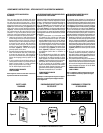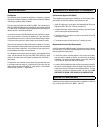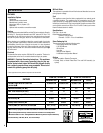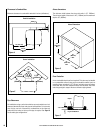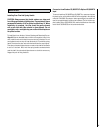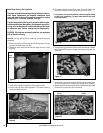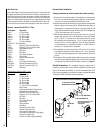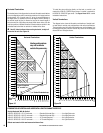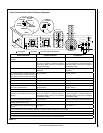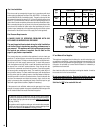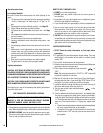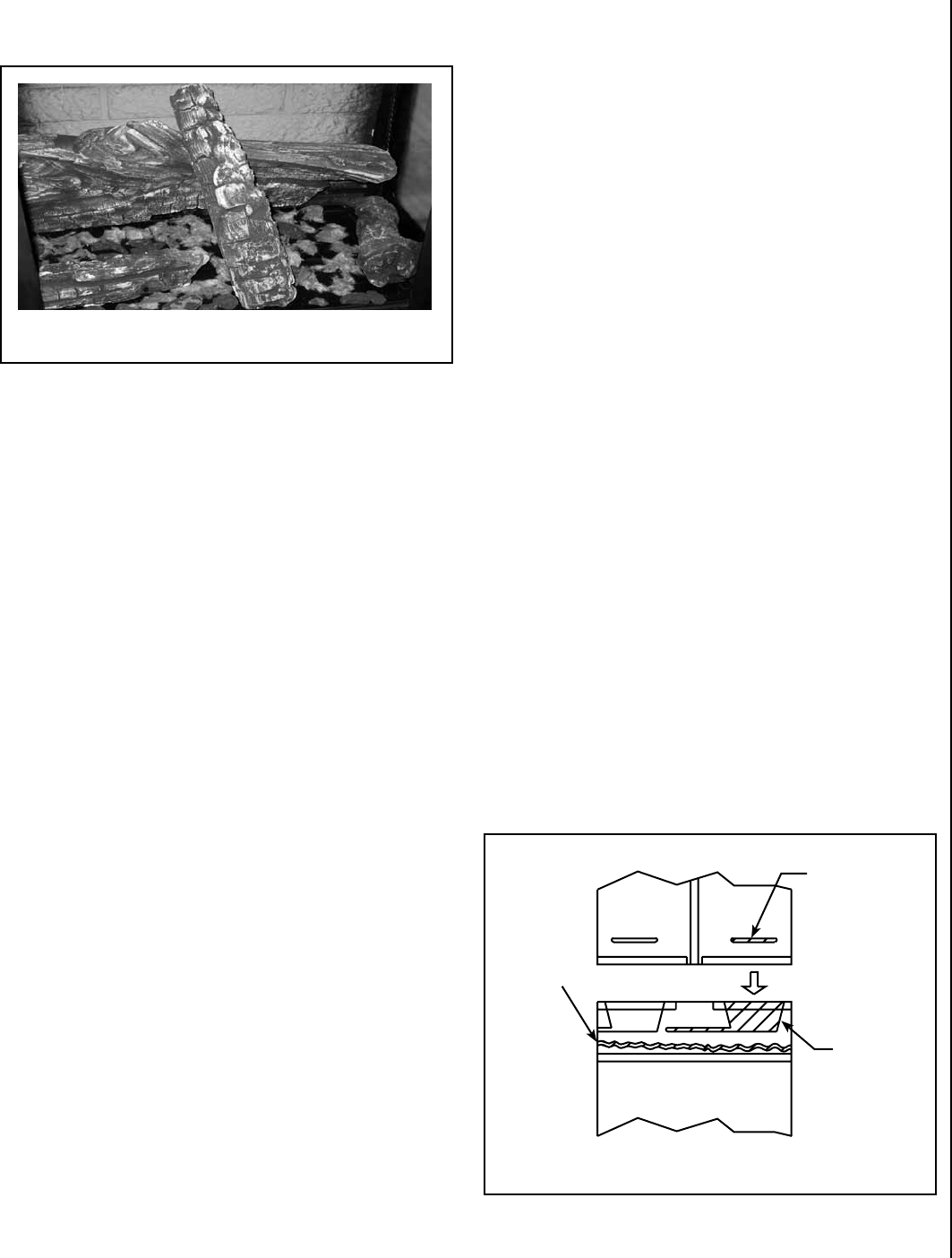
13
NOTE: DIAGRAMS & ILLUSTRATIONS ARE NOT TO SCALE.
9. Set center log on support with charred surface toward you and rest
against the rear log.
Vent Installation
Venting:
This appliance has been tested and listed as a direct-vent heater system
by OMNI-Test Laboratories, Portland, Oregon and is recommended for
use with Security™ Secure Vent™ pipe*.
Important:
• Read all instructions carefully before starting the installation.
Failure to follow these instructions may create a fire or other
safety hazard and will void the warranty. Be sure to check for
specific clearances to combustible requirements on Page 10.
Do not extend the venting system vertically or horizontally in
excess of the distance prescribed on Page 16. Consult your
local building codes before beginning the installation.
• Always maintain the proper air spaces between the vent pipe
and nearby combustibles to prevent a fire hazard. Do not fill
air spaces with insulation. Be sure to check the vent termina-
tion clearance requirements from decks, windows, soffits, gas
regulators, air supply inlets and public walkways, as specified
in these installation instructions on Page 17 and local building
codes.
• This gas stove and vent system must be vented directly to
the outside of the building and never be attached to a chim-
ney serving a separate solid fuel or gas-burning appliance.
Each direct-vent gas appliance must use its own separate vent
system. Common vent systems are prohibited.
• This gas stove is recommended for use with Security™ Secure
Vent pipe*. The appliances and vent manufacturers warranties
will be voided and serious fire, health, or other safety hazards
may result from any of the following actions:
- Installation of any damaged direct-vent component.
- Unauthorized modification of the direct-vent system.
- Installation of any vent component part not approved or
manufactured by the approved vent manufacturer.
- Installation other than as instructed by Lennox Hearth
Products and vent manufacturers instructions.
Residential and Mobile Home Installations:
These are the minimum pieces required. Other parts may be required for
your particular installation.
Minimum Components for Horizontal Installation:
Horizontal Termination Kit which includes:
• 1 6-5/8”x 6” Black Pipe
• 1 Riser Vent Terminal
• 1 Wall Penetration Heat Shield (Wall Thimble) (2 pcs)
• 1 Decorative Wall Trim (black)
• 1 Tube Mill-Pac
• Screws
Optional Components:
• 45º Elbow
• Vinyl Siding Shield for Riser Vent Terminal
• Vent Guard
• Snorkel Termination (36”)
• Snorkel Termination (14”)
• Wall Penetration Heat Shield
Vent Considerations
Twist-lock procedure: Four indentations on female ends of pipes and
fittings are designed to slide straight onto male ends of adjacent pipes
and fittings by orienting the four pipe indentations so they match and
slide into the four entry slots. Push pipe sections completely together,
then twist-lock one section clockwise approximately one-quarter turn
until the two sections are fully locked. The female locking lugs will not
be visible from the outside on the pipe or fittings. They may be located
by examining the inside of the female ends.
Supports: Horizontal runs of vent must be supported every 3 feet. Wall
straps are available for this purpose.
Pipe Sealing: If Simpson Dura-Vent pipe is used, the pipe must be sealed
as follows: seal both the inner and outer pipes with a high temperature
silicone sealant rated for at least 600º F (commonly know as “RTV”). Run
a 1/8” bead of silicone around outside of male end of outer sleeve. Run
a 1/8” bead of silicone about 1/4” from the end of the male inner pipe,
which is found in the pipe to be attached above. Twist-lock the pipes or
fittings together.
Figure 14
Figure 13
Sealant
Female
Locking
Lugs
Male
Locking
Lugs



